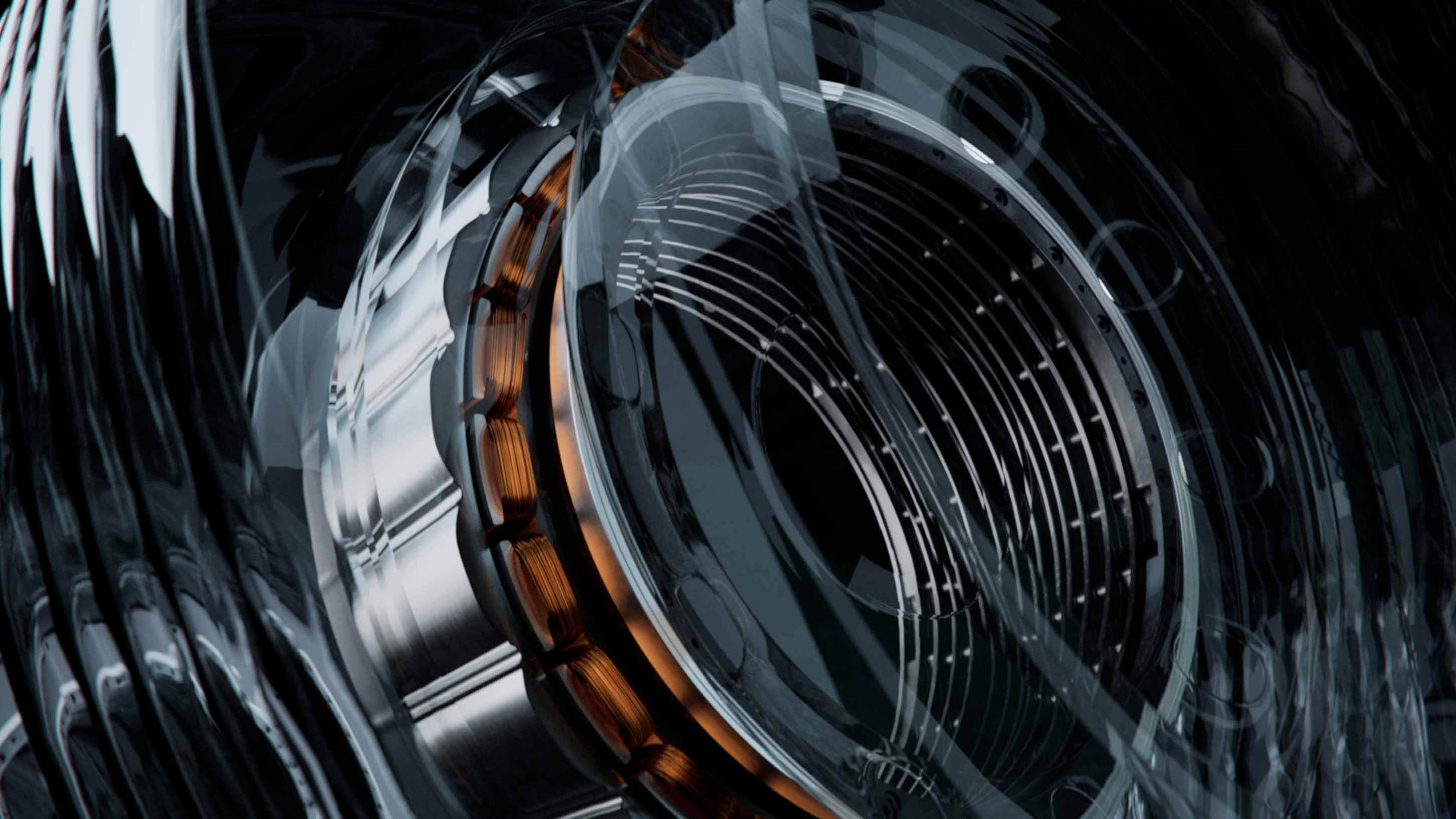
claimed to be the most powerful in the world.
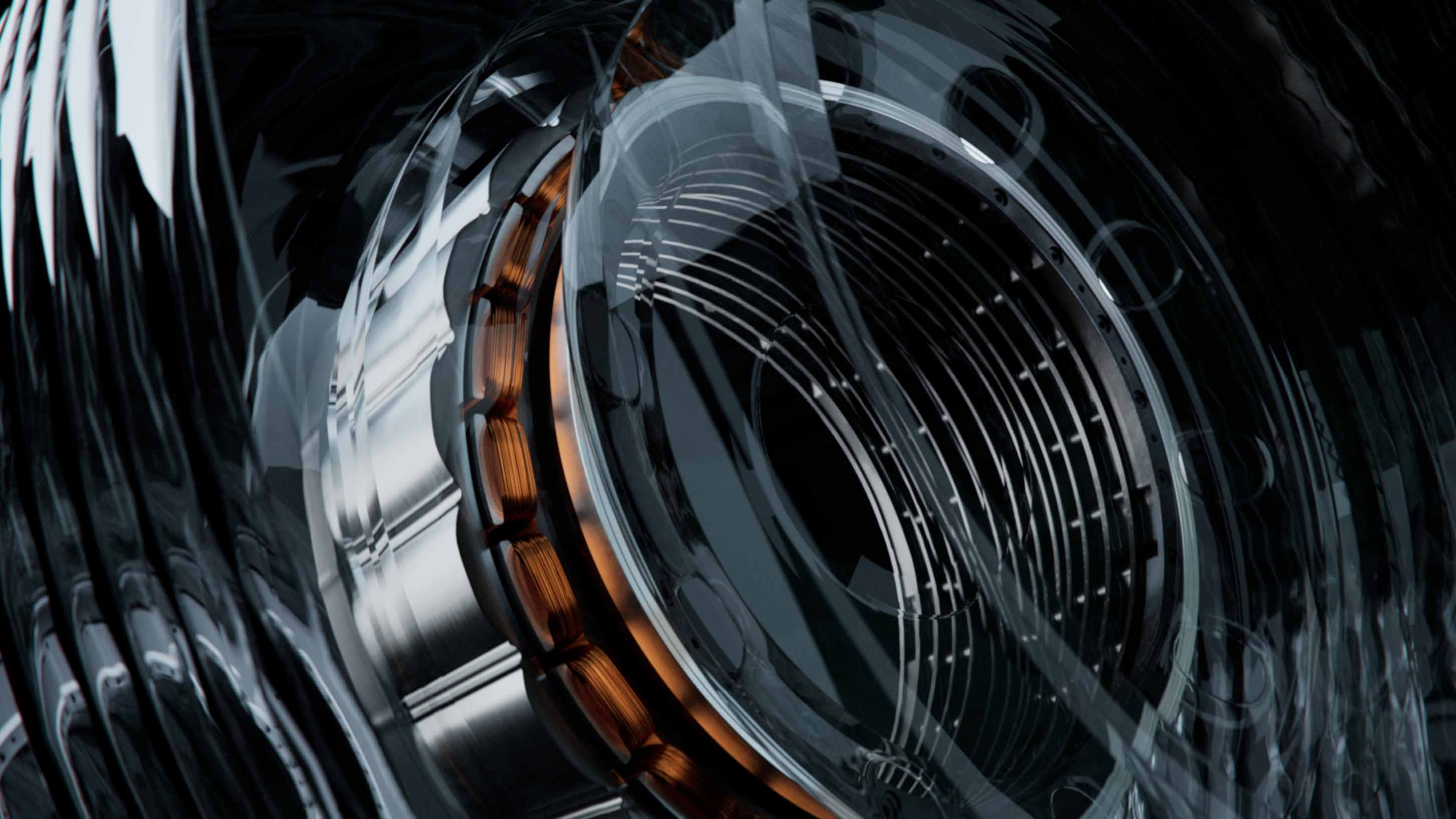
The numbers? That depends on the application since versions for trucks and bikes will also exist. In 21in ‘Automotive’ spec, the yield is 845bhp and 3,172lb ft. But we’d take the latter with a pinch of salt since it’s the rotor output, not the true output.
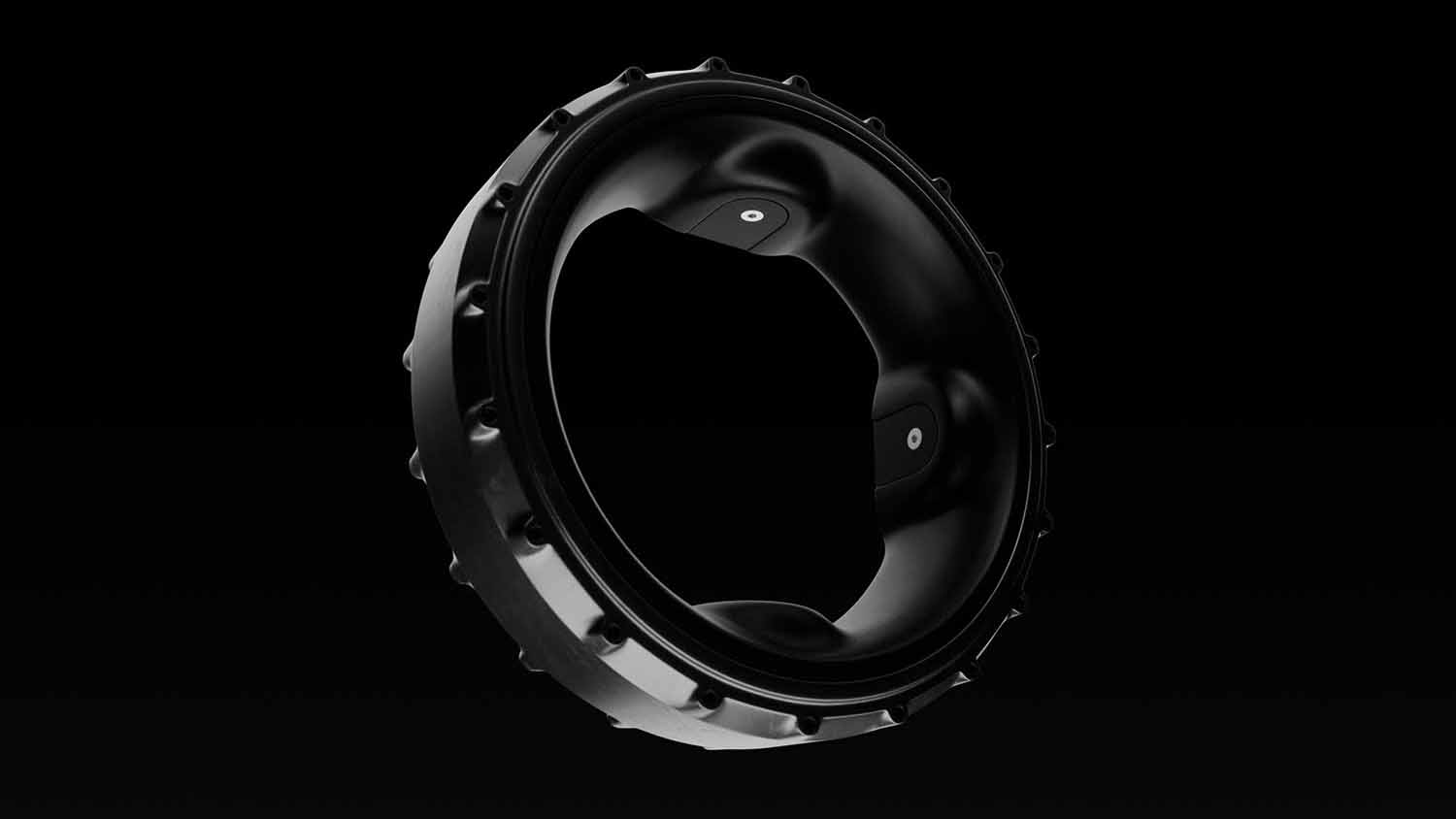
‘Dark Matter’ e-motor puts out 811bhp and 922lb ft. And consider this: the Donut motor weighs 40kg. The same as the Dark Matter, but the increased power and torque give the Donut a higher power-to-weight ratio.
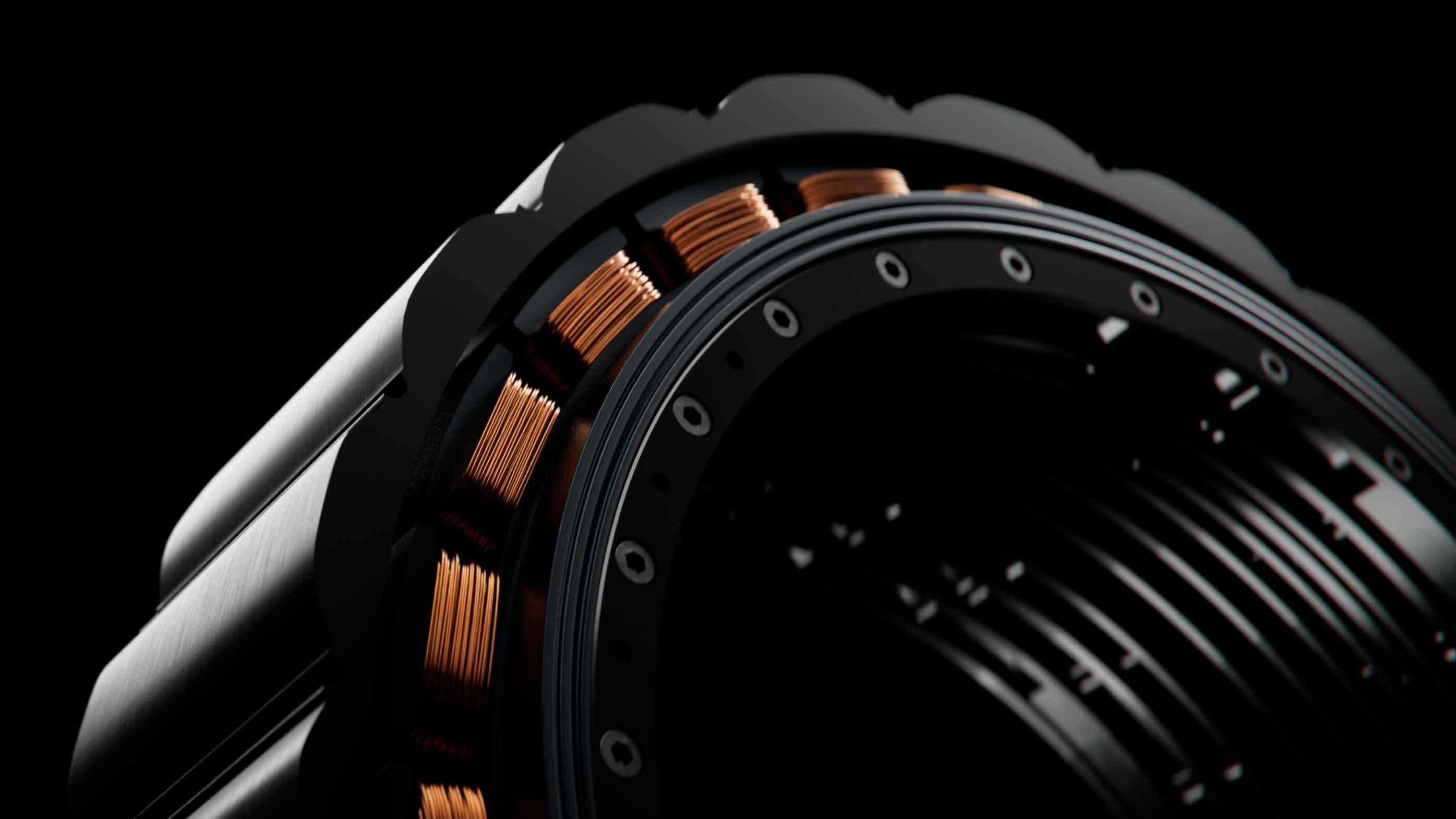
, whose rear two (out of a total of four) motors produce around 600bhp each.
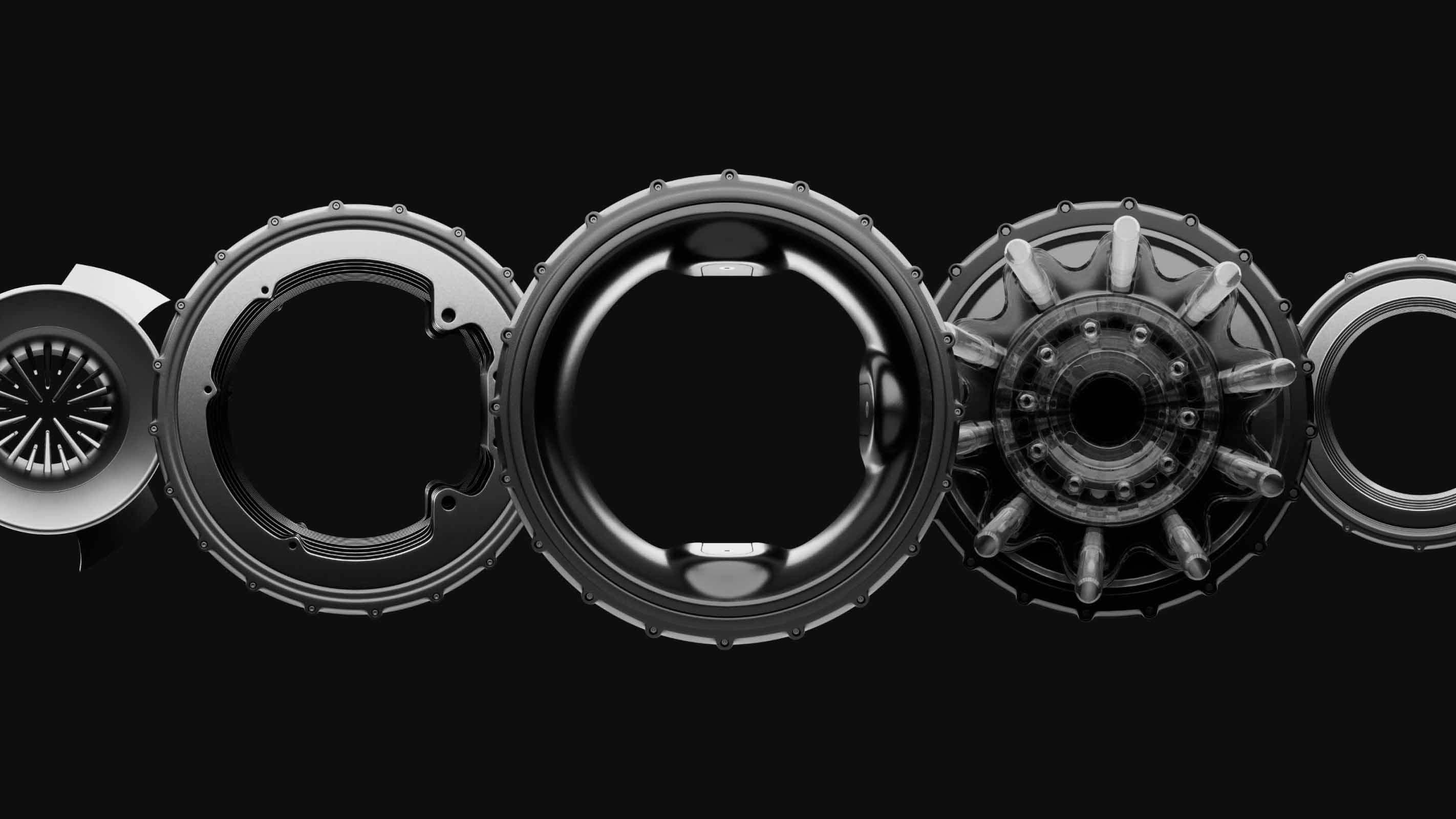
Another interesting point is unsprung weight. In-wheel motors add lots of it, but Donut reckons the sheer amount of power and torque available essentially counterbalances the weight of the motor.
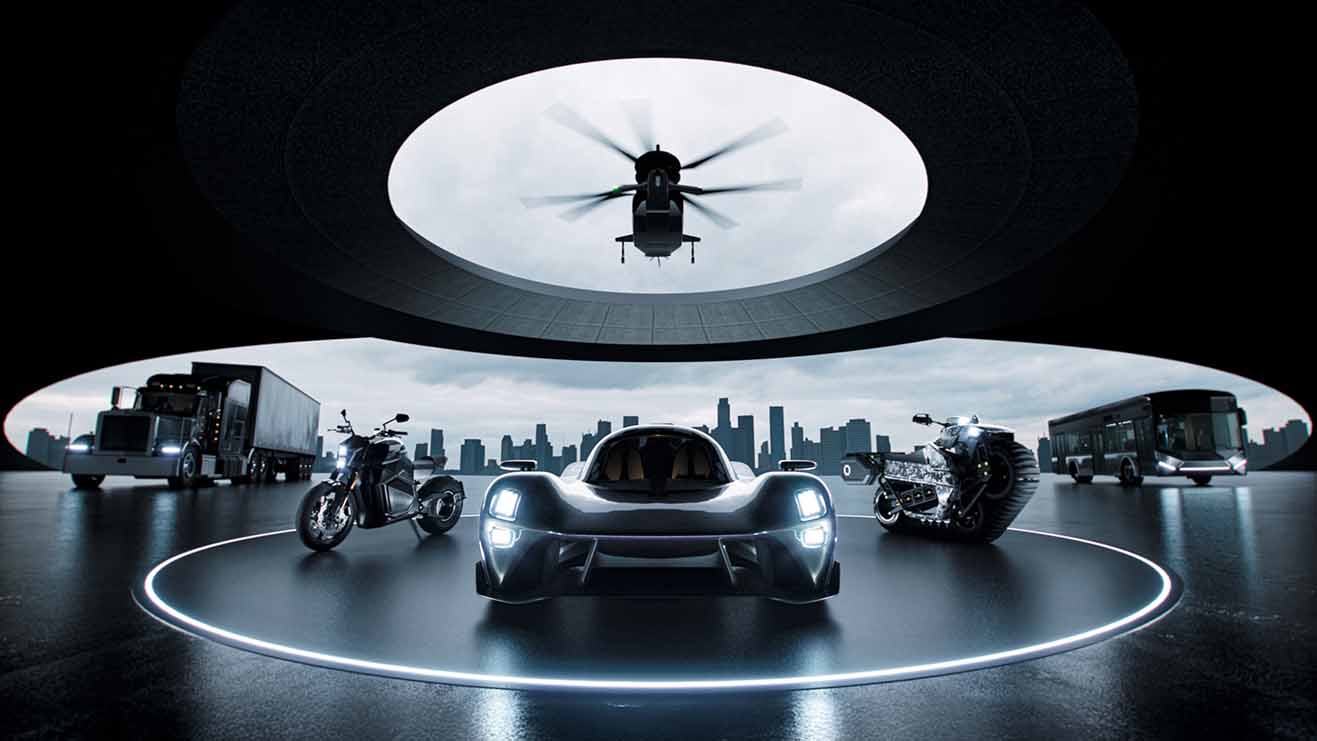
But how, exactly? Donut Lab CEO Mark Lehtimaki said: "Great unsprung mass has been the most important reason why everyone hasn’t used motors integrated with the tyre in their vehicles. Through the torque and power density we’ve now achieved, the relative weight of the motor is so small that the unsprung mass is insignificant."
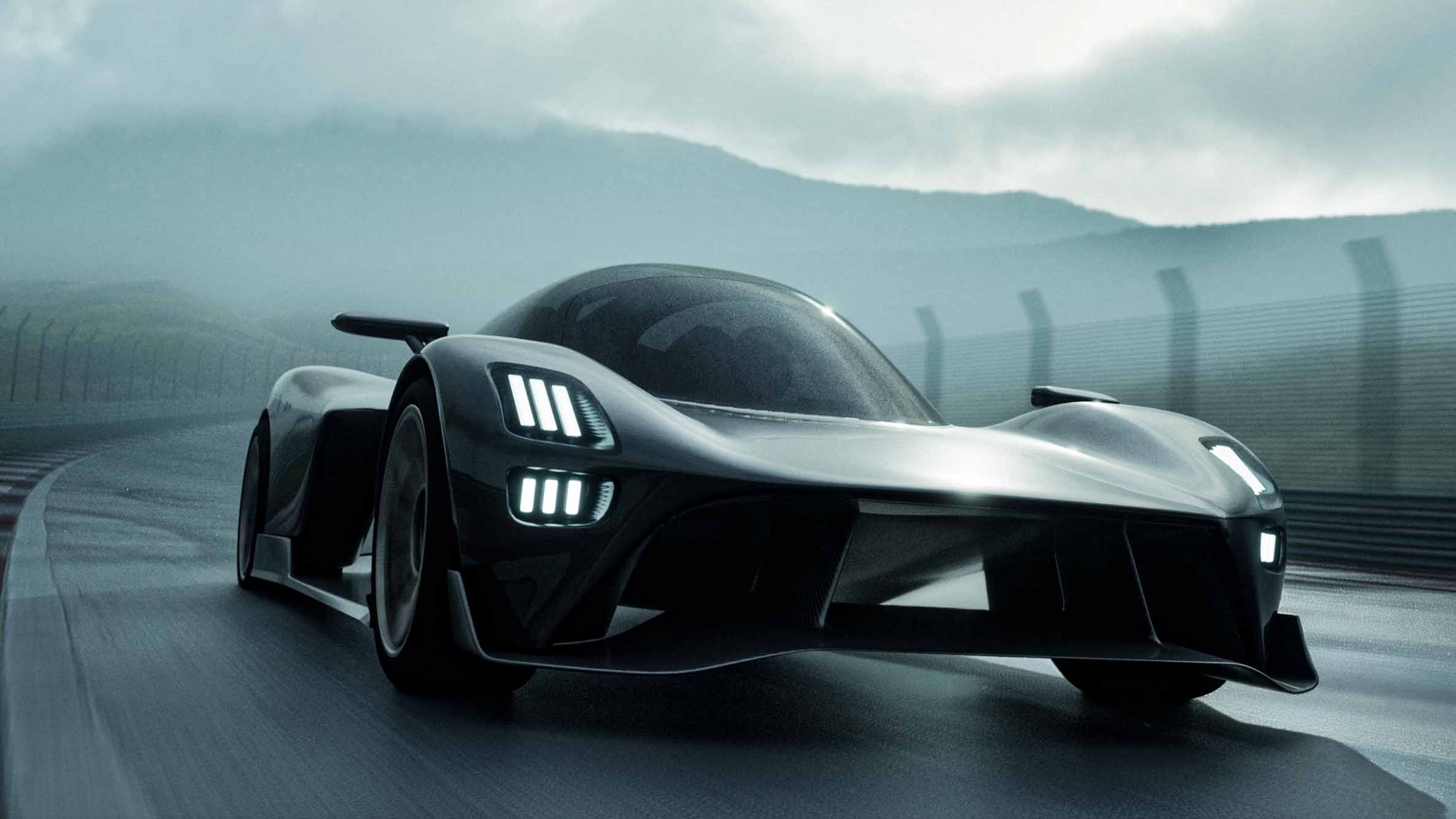
So, will you have an 845bhp in-wheel motor at each corner making for a 3,380bhp family hatchback in the coming years? Umm, unlikely. The chances are that companies who work with Donut Lab will use a pair of smaller, lighter motors at the rear axle, perhaps 400bhp each at the most, making for an 800bhp two-wheel drive vehicle. Why? Because you just don’t need 800bhp per wheel.
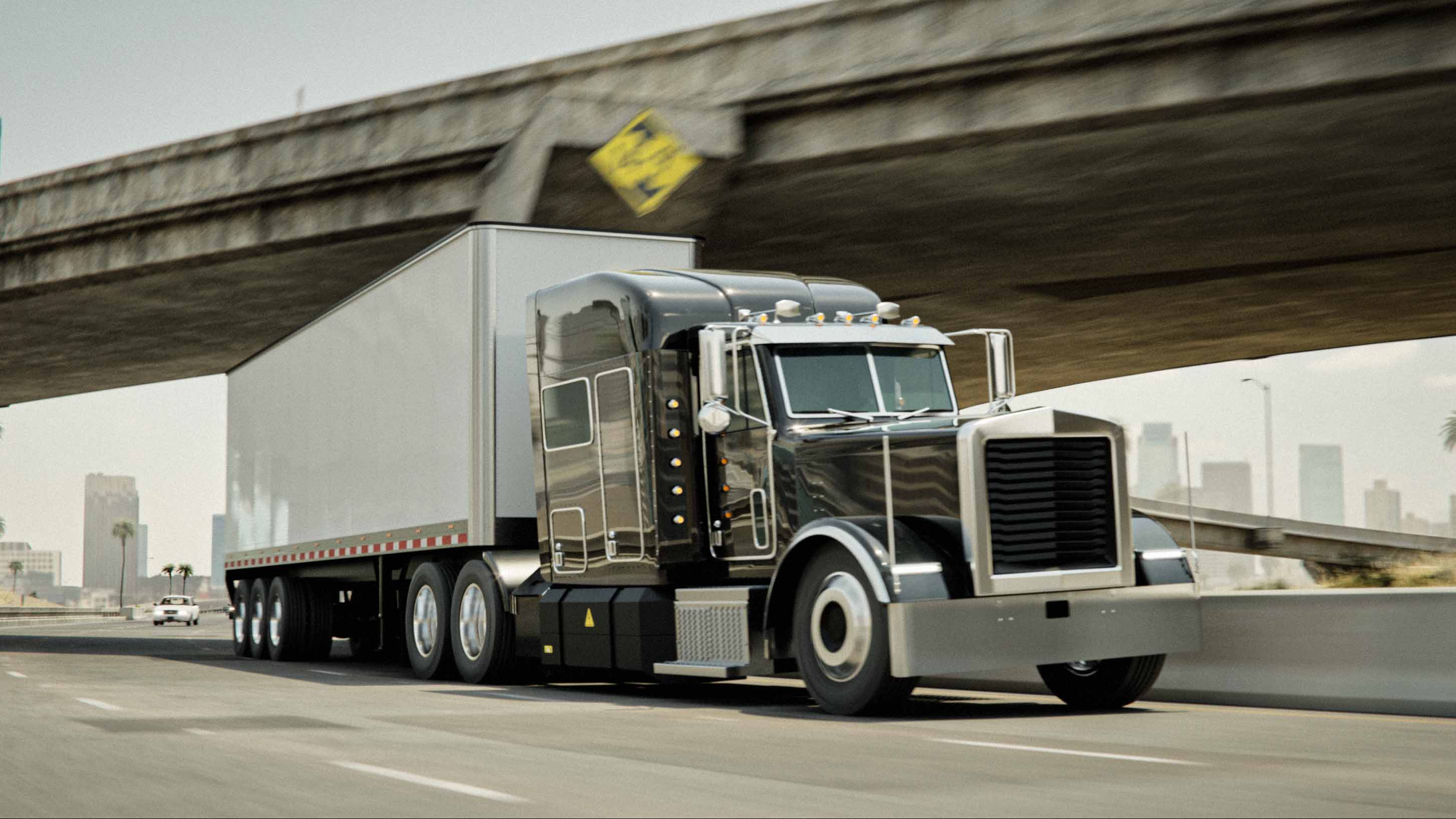
These smaller motors are already being used in Verge Motorcycles - a partner of Donut Lab. It’s also likely the more powerful motors will be deployed in trucks first, given the current need to reduce overall weight and increase payload in heavy-duty EVs.
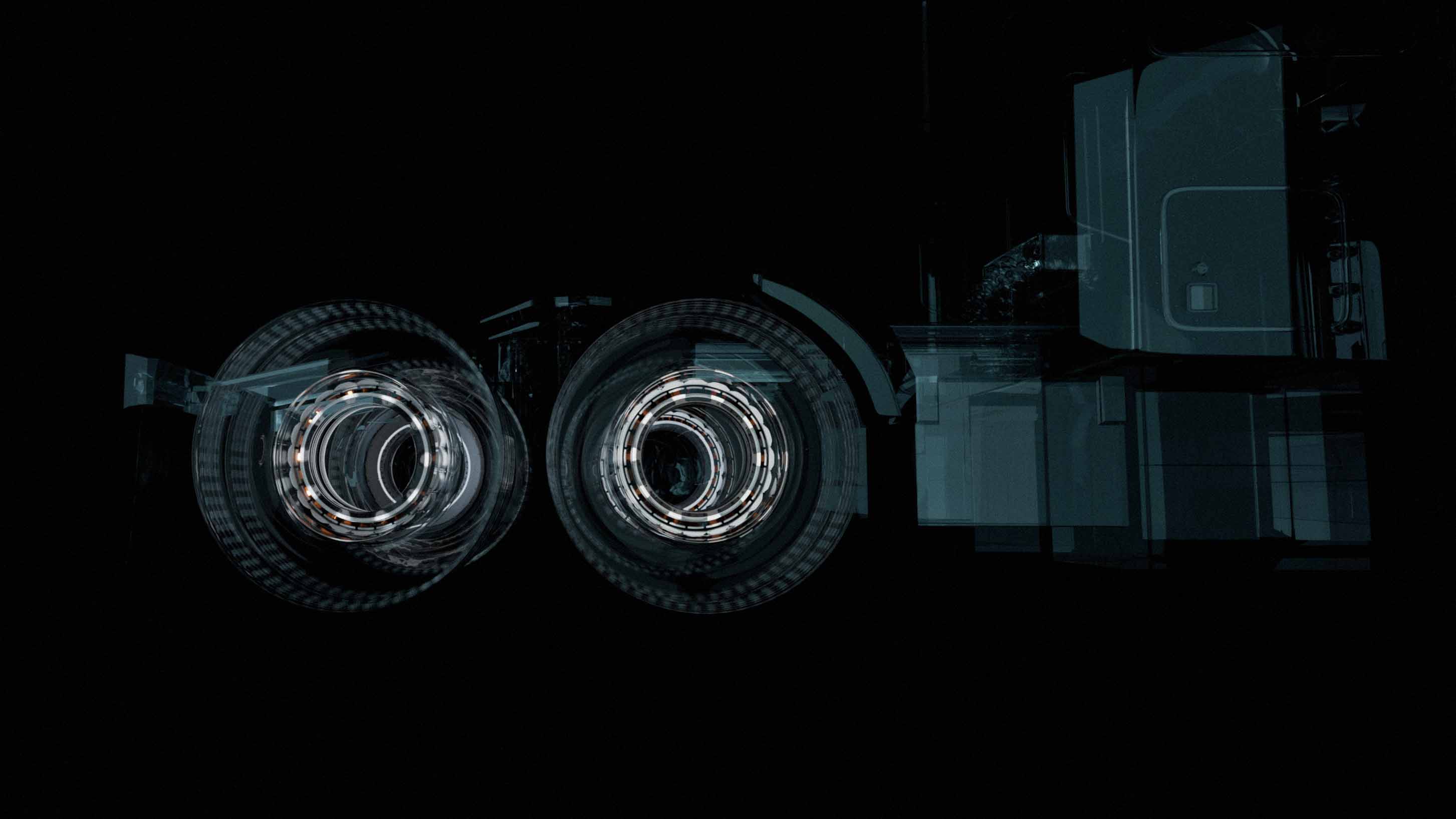
If these motors do go mainstream, however, Donut reckons the simple shape, combined with the reduced number of active materials used, could save as much as 50 per cent in manufacturing costs compared to traditional electric motors.
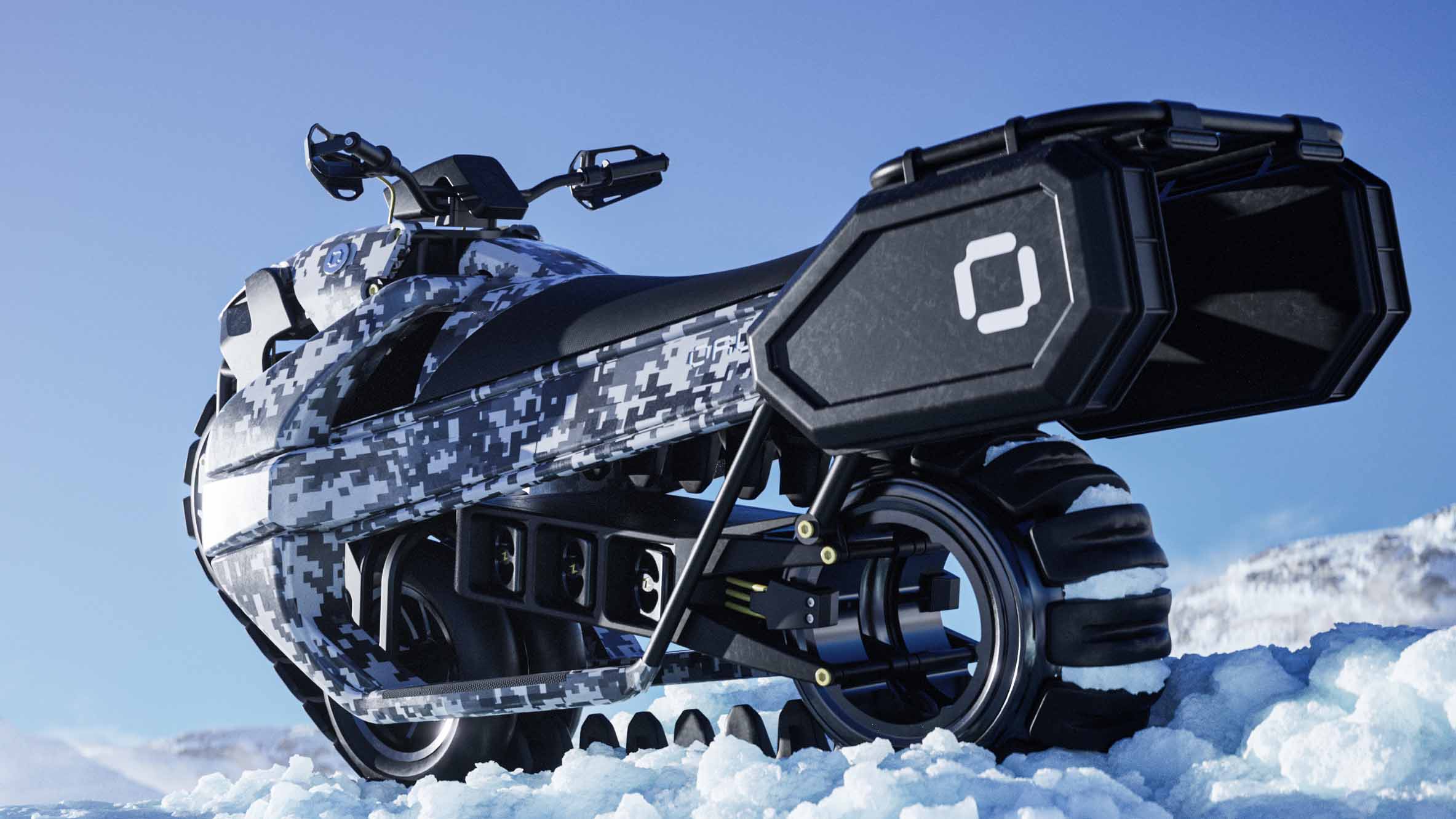


Post a Comment
0Comments